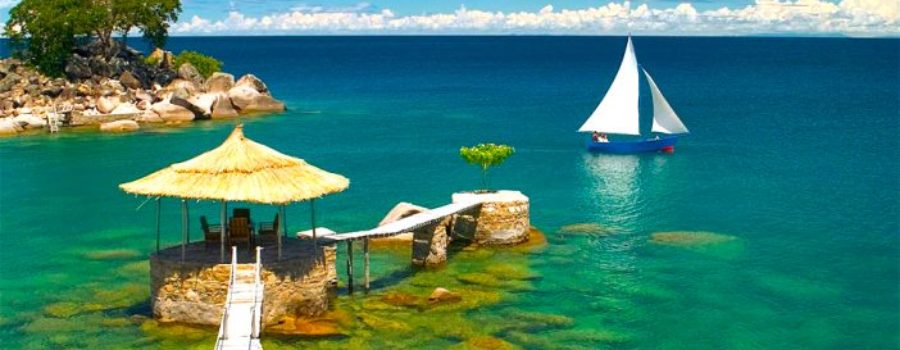Uganda is The Pearl. Nigeria is The Giant. Malawi, about to become my new temporary home, is The Warm Heart of Africa.
I departed Blantyre this morning, back to the USA. In January 2022, I will return, taking up temporary residence in Mt. Pleasant, a section of Blantyre, the largest city in the country’s south. This morning, as we drove to the airport, I realized I knew little about Malawi’s history and decided to educate myself.
Until 1963, the united and independent country we know as Malawi did not exist. Prior to the country’s colonization in 1891, the area was the home of several linguistic and cultural groups, the largest being the Chewa. When the European powers divided Africa into colonies, Mozambique went to the Portuguese. Tanganyika (now Tanzania) was ruled by Germany. The area currently known as Malawi became part of the British Empire.
The British colonized a wide swath of south central Africa. South Africa was a colony of Great Britain until 1961. To the north lay Bechuanaland, now known as Botswana. To the north and east lay the huge Federation of Rhodesia and Nyasaland. In 1963, Post-independence, this single British colony split into three countries: Southern Rhodesia was renamed Zimbabwe, Northern Rhodesia became Zambia, and Nyasaland was renamed Malawi. (It was not quite as easy as that, to be honest, but you will need to read the full history on your own!).
Malawi is 840 kilometers (520 miles) from north to south and an average of 100 miles (160 kilometers) from east to west. Much of the country’s eastern border is the southern- most of the Rift Valley lakes. Lake Malawi (known as Lake Niasa in Mozambique, which lies on the lake’s other side) is 580 km long and 75 km across at its widest point. The lake is gorgeous, with mountains at the shore and beautiful blue cichlids in the water. These blue striped fish are friendly and swim along with snorkelers. The lake is warm and in Malawi’s coldest months (June and July) a welcome respite from the cool temperatures in southern, mountainous Blantyre.
I love Malawi and its people. Come visit and see for yourself. Starting in January 2022, I will be there to welcome you, along with the friendly Malawian people.
During colonization, the country’s capital was Zomba, a beautiful forested enclave 1 hour from Blantyre. The first president of independent Malawi, Hastings Kamuzu Banda, presided over the 1977 move of the capital to Lilongwe. To those of us with an affinity for hilly Blantyre, the new capital is unattractive. Friends who live there universally decry its advantages. Its population is larger and there is a lot more “going on” compared to sleepy, outdoorsy Blantyre, a 5 hour drive south. Lilongwe is more centrally located and was near to Banda’s home village.
Kamuzu Banda ruled Malawi as a one party state and, in 1971, was declared President for Life. In 1993, under both international and domestic pressure, he held a referendum on the one party system and his rule. He lost. Unlike in other countries with similar histories, he departed office with no armed struggle. Later, with support from his political party, he again ran for office. He lost again. His willingness to surrender power after free and fair elections contribute to his aura in Malawi. The airport in Lilongwe is Kamuzu International. The maternity ward as the hospital where I work is named after his wife. His birthday, Kamuzu Day, is a national holiday.
Due to the friendliness of its people, Malawi became known as the Warm Heart of Africa. Despite doing my best to research who invented this slogan, I was unsuccessful. Whatever its origin, the country lives up to this moniker. I find its people unfailingly polite, curious, and welcoming.
I love Malawi and its people. Come visit and see for yourself. Starting in January 2022, I will be there to welcome you, along with the friendly Malawian people.






